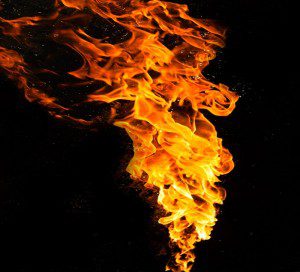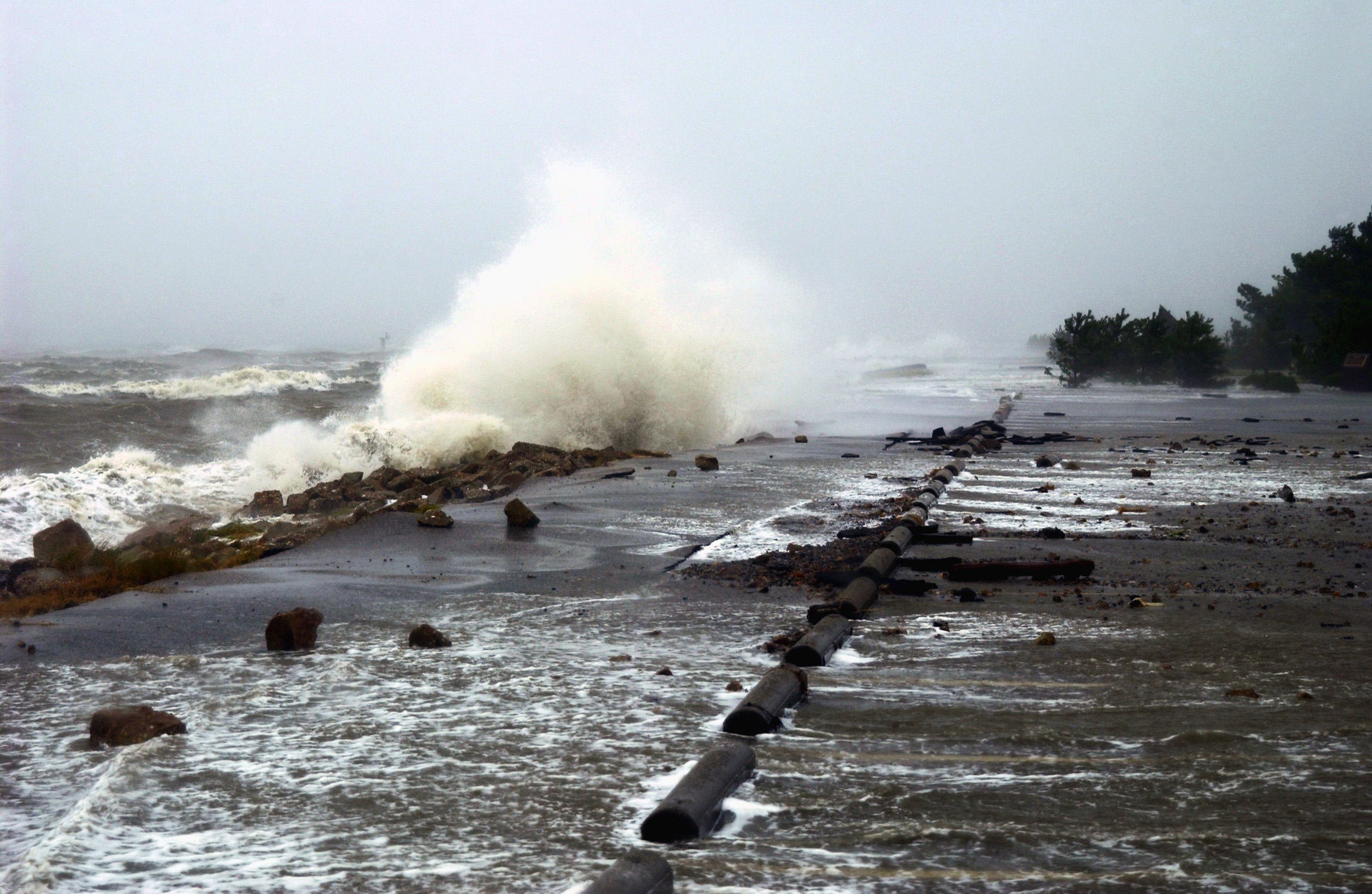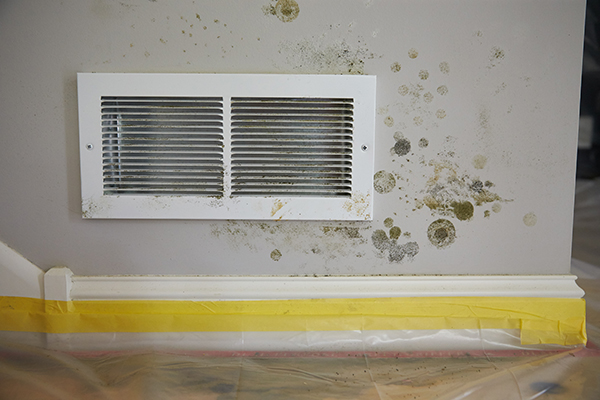Protecting Your Home From Fire
The fire is unarguably one of the worst accidents that can happen to one’s home. And, unfortunately, the damage inflicted can be extreme. A big number of fires, wildfires as well as such that have been started by sheer negligence occur each year. The peak seasons, according to a research are the months between April and October. Every year, fires claim thousands of households, forcing people to evacuate and leave their homes. A huge number of dwellings go up in flames, which causes severe damages, sometimes worth billions. And not to mention the fact that a lot of people (both individuals and whole families) lose their lives because of fires. You may be wondering what usually causes fires and how one could protect his or her home from a wildfire/home fire. Here are some facts you need to consider.
 Frequent causes of wildfires
Frequent causes of wildfires
Many people put the blame on global warming. As a matter of fact, each year, the number of homes that go up in flames is doubled. Other reasons include:
– Humans. Unfortunately, most fires are started by negligent people.
– Operation of heavy equipment.
– Burning debris.
– Camp fires that have gone out of hand.
– Winds and drought
– Smoking
– Lightning
– Arson
Prevention of exterior home fires
Some laws, like for example the law in the state of California, requires homeowners to have their houses cleaned within a hundred feet radius from their homes. In other words, they have to remove all vegetation that is flammable within the first thirty feet as well as to reduce fire hazards in the remaining seventy feet. The community you live in most probably has the similar guidelines and requirements. Here are some defensive methods that you could use:
– Remove all dead branches and trimTrim is the decorative or functional molding used to finish ... More the shrubs and trees
– Ask the utility company to trimTrim is the decorative or functional molding used to finish ... More the trees away from your power lines
– Trees near your roof and home are to be cut back
– Gutters need to be cleaned as well as debris removed from the roof
– Cover your chimney using a screen
– Remove every flammable material from the yard
– Store the firewood at least thirty feet from the house
– Rake all tree dropping and dead twigs
– For your roof, consider using building materials that are fire resistant
– Get a ladder, which can reach the roof
– Be aware of the closest fire hydrant’s location
– If you live in a remote country area, think about installing a pond
– Operational hoses in the back and front yard need to be kept connected to faucets
Prevention of interior home fires
When the disaster is imminent, what utility companies often do is to shut off electricity and gas to those homes, which are located in the fire’s path. A good option would be to keep a good amount of flashlights, batteries, matches, candles as well as a battery-operated radio for emergency cases. If there is a fire approaching, the A/C and furnace need to be turned off, the windows closed and the garage door openers disconnected.
– Consider installing smoke alarms in your bedrooms and living areas
– Bi-annualy, replace your smoke alarms’ batteries
– Get yourself a fire extinguisher and carefully read the instructions
– All appliances should be unplugged if they are not being used
– Create a family evacuation plan and practice the drills
– Plan a pet evacuation, too. Consider using pillow cases for small pet transportation
– Keep your flammable window coverings rather away from any heat sources
– Don’t use any extension cords
– Exposed junction boxes need to be covered
– Defective or inoperable receptacles have to be replaced
– Before disposal, extinguish the hot ashes
– Clean your dryer ducts
– Have your ducts and furnace annually inspected by a professional
Stella Benett is a 32 years old passionate blogger and freelancer but before all she is a lovely mother and wife. As every housewife Stella has no free time and often does a lot of things at the same time. She loves cleaning her house in Norbury because it gives her a sense of ‘pleasure’ and ‘achievement’.












